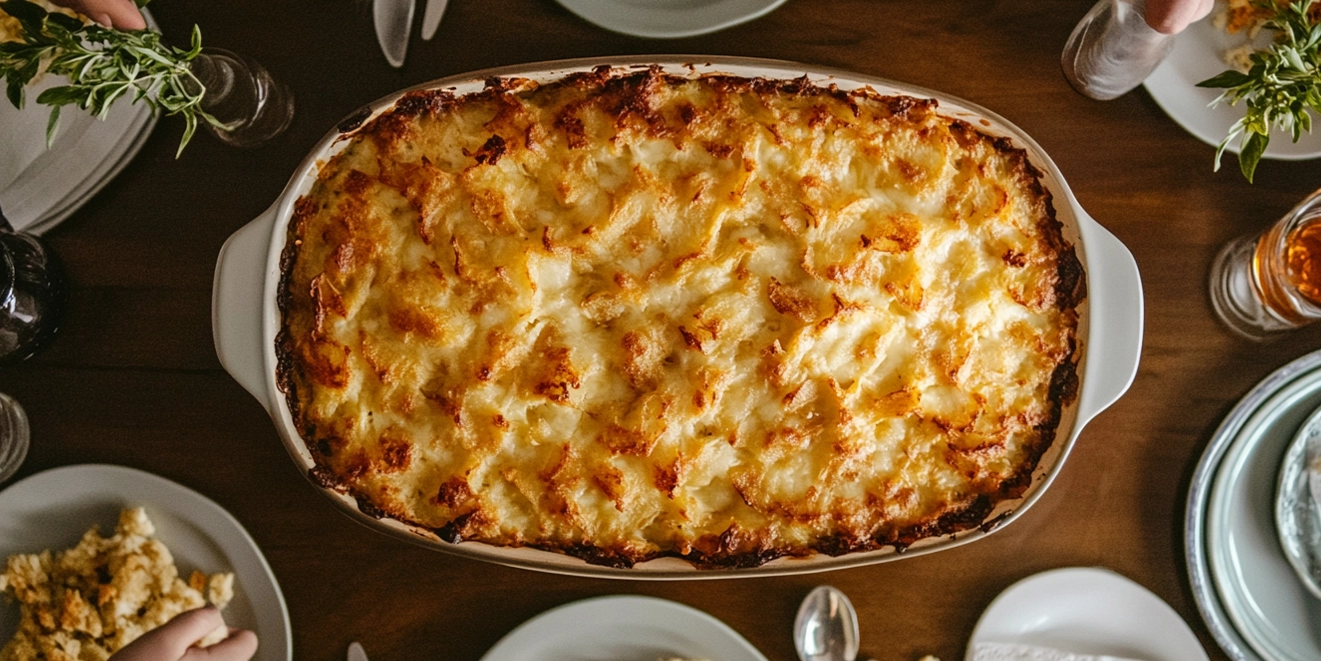
Introduction to Hashbrown Casserole
Overview of the Dish and Its Popularity
Hashbrown casserole is a beloved comfort food that has become a staple in many households across the United States. Known for its creamy texture, cheesy goodness, and satisfying crunch, this dish is often served as a side at family dinners, potlucks, and holiday gatherings. Its versatility allows it to pair well with various proteins like ham, chicken, or beef, making it a crowd-pleaser for all occasions.
This dish is cherished for its simplicity and the nostalgic feelings it evokes. It comes together quickly and easily with just a few ingredients—shredded hashbrowns, cream of soup, cheese, and a crunchy topping. Its ability to adapt to different tastes by incorporating additional flavors, such as bacon bits, green onions, or spices, further cements its popularity in American cuisine.
History and Origins of Hashbrown Casserole
The origins of hashbrown casserole can be traced back to the mid-20th century when convenience cooking became a hallmark of American households. Casseroles, in general, gained traction due to their simplicity and ability to feed large groups using affordable ingredients. Hashbrown casserole precisely is thought to have been inspired by the growing popularity of processed and frozen foods, including shredded potatoes, which became readily available in grocery stores during this era.
Over time, the recipe has been refined and regionalized. Some credit its rise in popularity to the famous hashbrown casserole served at Cracker Barrel, a Southern-themed restaurant chain in the U.S., which introduced many to its rich and creamy flavor profile. This iconic dish has since been replicated in countless kitchens, becoming a symbol of comfort food at its finest.
Core Ingredients of Hashbrown Casserole
Overview of Essential Ingredients
Hashbrown casserole is built around a combination of simple, versatile components that create its creamy, cheesy, and satisfying profile. Each ingredient contributes to the dish’s structure, flavor, or texture, making it the ultimate comfort food.
Hashbrowns
What Are Hashbrowns?
Hashbrowns are shredded or diced potatoes that have been partially cooked, often fried or baked to achieve a crispy exterior. They are a staple breakfast item but also serve as the perfect casserole base, providing a hearty, starchy texture that absorbs flavors beautifully.
Types of Hashbrowns Commonly Used in Casseroles
- Frozen Shredded Hashbrowns: Pre-packaged and widely available, these save time and are the most commonly used in recipes.
- Diced or Cubed Potatoes: Diced hashbrowns can be substituted for a chunkier texture.
- Freshly Grated Potatoes: Homemade grated potatoes offer a fresher taste but require more preparation.
Dairy Elements
Role of Cheese in Hashbrown Casserole
Cheese is a star ingredient that adds richness, creaminess, and a gooey texture to the casserole. Due to its sharp flavor, cheddar is the most popular choice, but blends of cheeses like mozzarella, Monterey Jack, or Parmesan can be used to customize the taste.
Commonly Used Creams
- Sour Cream: Adds a tangy flavor and creamy consistency to balance the richness.
- Cream of Chicken Soup: A classic choice for binding the casserole while adding savory depth.
- Cream of Mushroom Soup: A vegetarian alternative that works just as well.
Proteins
Optional Additions
- Chicken: Shredded or diced cooked chicken turns the casserole into a hearty main dish.
- Bacon: Crumbled, crispy bacon enhances the dish’s smoky flavor and crunchy texture.
- Sausage: Cooked and crumbled breakfast sausage adds a savory and spiced element.
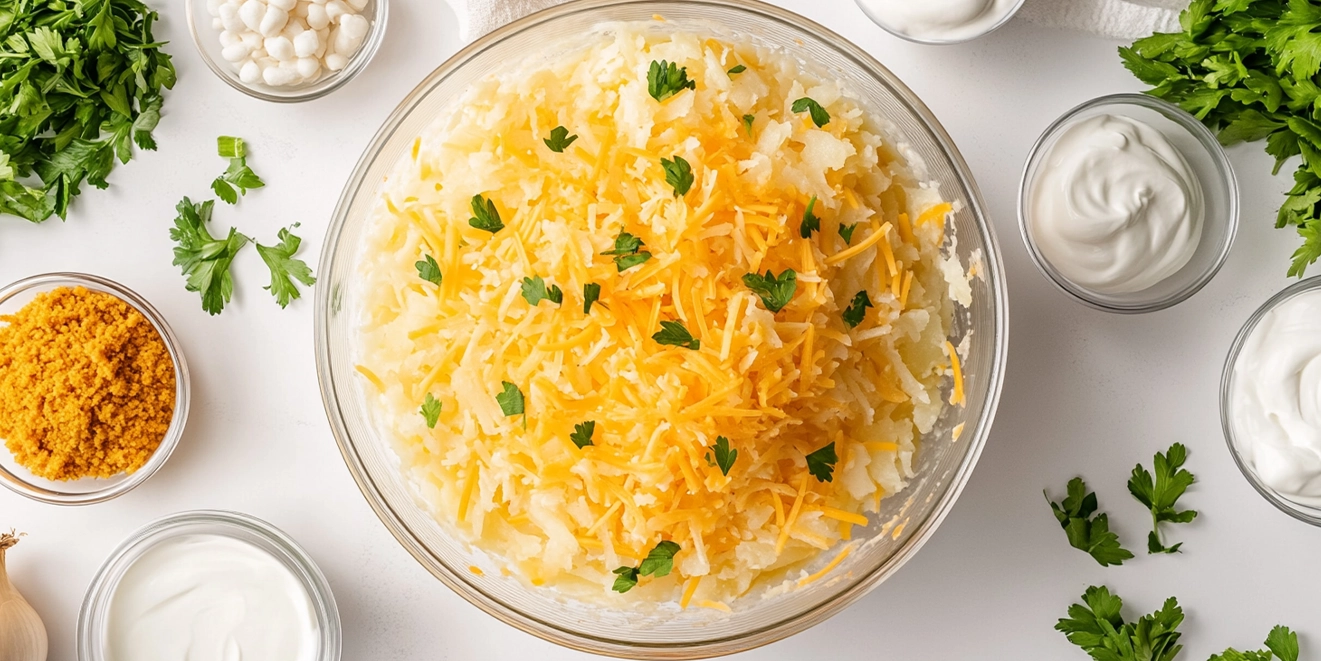
Binding Agents
Ingredients That Hold the Casserole Together
Binding agents ensure the casserole holds its shape and delivers a cohesive bite. Commonly used binders include:
- Cream of Soup: Works as both a flavor enhancer and a cohesive element.
- Eggs: Occasionally used in recipes to give the dish a firmer structure.
- Melted Butter: Adds richness while helping to bind the ingredients and topping together.
Variations of Hashbrown Casserole
Hashbrown casserole is a versatile dish that can be adapted to suit various occasions, preferences, and dietary needs. From breakfast-friendly twists to allergen-free options, there’s a version for everyone.
Breakfast Hashbrown Casserole
How It Differs From Traditional Recipes
Breakfast hashbrown casserole incorporates classic morning flavors, transforming the dish into a hearty and filling start to the day. While the base of hashbrowns and cheese remains the same, this variation often omits sour cream and soup in favor of ingredients that align more closely with a traditional breakfast.
Popular Breakfast-Specific Ingredients
- Eggs: Beaten eggs are mixed with the hashbrowns to create a firm, quiche-like texture.
- Breakfast Proteins: Sausage, bacon, or ham are popular additions for their savory flavor.
- Vegetables: Chopped bell peppers, onions, and spinach add freshness and nutrition.
- Cheese Variations: Swiss or pepper jack cheese can add a unique flavor.
Vegetarian Hashbrown Casserole
Substituting Meat for Plant-Based Options
Vegetarian versions of hashbrown casserole skip the meat while maintaining the dish’s rich flavor and texture.
- Meat Alternatives: Plant-based sausages or bacon can be used for a similar taste and texture.
- Vegetable Additions: Mushrooms, zucchini, broccoli, and tomatoes are great options to bulk up the dish.
- Soup Choices: Use cream of mushroom or celery soup instead of chicken-based options.
Gluten-Free and Dairy-Free Versions
Adapting the Recipe for Dietary Restrictions
With a few ingredient swaps, hashbrown casserole can be made suitable for gluten-free and dairy-free diets.
- Gluten-Free:
- Use certified gluten-free hashbrowns and cream of soup.
- Replace traditional toppings like breadcrumbs with gluten-free options, such as crushed rice crackers or gluten-free panko.
- Dairy-Free:
- Swap traditional cheese for dairy-free cheese alternatives.
- Use plant-based sour cream and cream of soup substitutes, such as coconut milk or cashew cream.
- Replace butter with a non-dairy alternative, like margarine or olive oil.
Step-by-Step Guide to Making Hashbrown Casserole
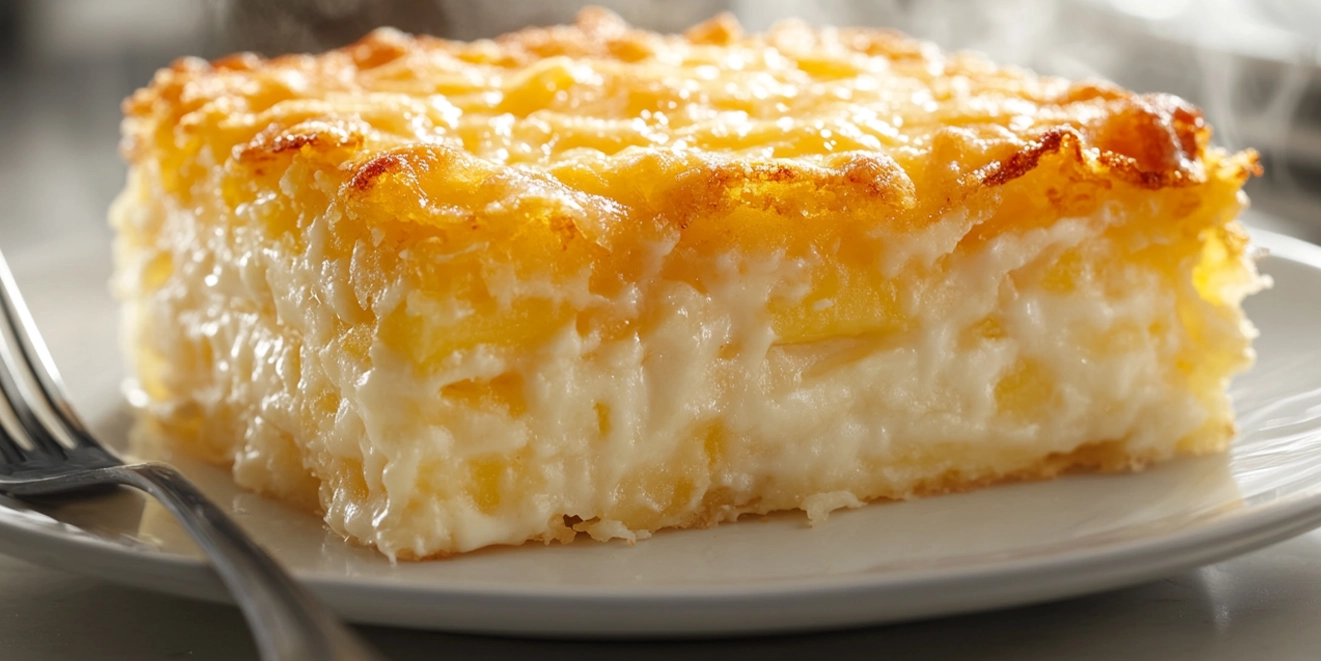
Making a delicious hashbrown casserole is straightforward and rewarding. By following these steps, you can ensure the perfect balance of creamy, cheesy, and crispy textures.
Preparation of Ingredients
How to Prepare Hashbrowns and Other Key Ingredients
- Hashbrowns:
- If using frozen hashbrowns, allow them to thaw completely to prevent excess moisture from affecting the casserole. Pat them dry with a paper towel.
- Shred fresh potatoes using a grater, then rinse and squeeze out excess water to achieve the right texture.
- Cheese:
- Grate cheese freshly for the best melt and flavor. Pre-shredded cheese can be used for convenience but may not melt as smoothly.
- Cream of Soup and Sour Cream:
- If using canned soup, whisk it with the sour cream for a uniform consistency. Prepare your own cream sauce for a homemade touch.
- Optional Additions:
- Cook and crumble proteins like sausage or bacon if using.
- Dice vegetables or meat alternatives, ensuring they are evenly chopped for uniform cooking.
Mixing the Casserole
Combining the Ingredients for the Perfect Consistency
- Base Mixture:
- In a large mixing bowl, combine the thawed hashbrowns, grated cheese, sour cream, and cream of soup.
- Stir well to ensure the mixture is evenly coated.
- Seasoning:
- Add salt, pepper, garlic powder, and any other desired spices. Stir to incorporate.
- Optional Additions:
- Fold in cooked proteins, vegetables, or meat substitutes.
- Avoid overmixing to maintain the integrity of the hashbrowns.
- Transfer to Baking Dish:
- Grease a baking dish and spread the mixture evenly, pressing lightly to create a smooth surface.
Baking Process
How to Achieve a Golden, Crispy Finish
- Topping:
- Prepare the topping by mixing melted butter with crushed crackers, breadcrumbs, or additional cheese.
- Sprinkle the topping evenly over the casserole for a crispy, golden crust.
- Baking:
- Preheat the oven to 350°F (175°C).
- Bake the casserole uncovered for 45–55 minutes or until the edges are bubbling and the topping is golden brown.
- Cooling:
- Allow the casserole to rest 5–10 minutes after baking to set and make serving easier.
Tips for the Perfect Hashbrown Casserole
Creating a hashbrown casserole that stands out requires attention to detail. From boosting flavors to ensuring the ideal texture, these tips will help you elevate your dish.
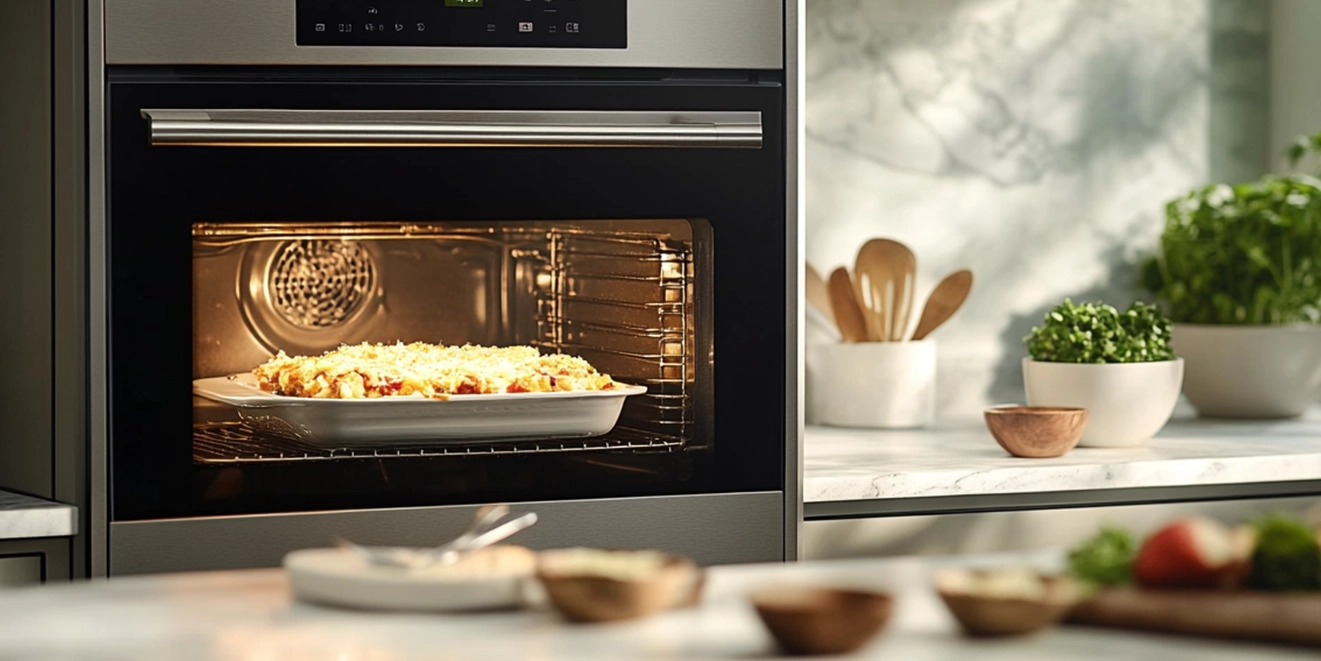
Enhancing Flavors
Adding Spices and Herbs for Extra Flavor
- Classic Seasonings:
- Add garlic powder, onion powder, paprika, and black pepper for a well-rounded base flavor.
- A pinch of cayenne pepper can give the casserole a subtle kick.
- Fresh Herbs:
- Incorporate chopped fresh parsley, thyme, or chives to brighten the dish.
- Garnish with fresh herbs after baking for added aroma and a pop of color.
- Bold Additions:
- Sprinkle smoked paprika or ground mustard for a deeper flavor profile.
- For a richer taste, use a blend of cheeses, such as sharp cheddar with Parmesan or Gruyère.
Perfecting the Texture
Balancing Creaminess and Crunchiness
- For Creaminess:
- Ensure the sour cream and cream of soup are evenly mixed to coat the hashbrowns thoroughly.
- Please don’t skimp on the cheese; it adds creaminess and flavor.
- For Crunchiness:
- Use a generous topping of crushed crackers, breadcrumbs, or even crispy fried onions mixed with melted butter.
- Bake the casserole uncovered to allow the topping to crisp up while the casserole cooks.
- Avoiding Sogginess:
- Thaw frozen hashbrowns entirely and drain any excess liquid.
- Pat down fresh potatoes to remove moisture after shredding.
- Bake until the edges are golden and bubbling to ensure the dish is fully cooked.
Storing and Reheating
Best Practices for Leftovers
- Storing:
- Allow the casserole to cool completely before transferring it to an airtight container.
- Store in the refrigerator for up to 3–4 days.
- Freezing:
- For long-term storage, wrap the casserole tightly in aluminum foil or plastic wrap and place it in a freezer-safe container.
- Freeze for up to 2–3 months. Thaw in the refrigerator overnight before reheating.
- Reheating:
- Preheat the oven to 350°F (175°C), cover the casserole with foil to retain moisture, and heat for 20–30 minutes until warm.
- Use a microwave on medium power for individual portions, stirring occasionally to distribute heat evenly.
Nutritional Information
Understanding the nutritional profile of hashbrown casserole can help you make informed decisions about portion sizes and ingredient adjustments. While traditionally a rich and indulgent dish, there are ways to modify it for a healthier twist.
Calorie Breakdown
Typical Calorie Count for a Serving
A standard serving of hashbrown casserole (approximately 1 cup) contains:
- Calories: 300–400, depending on the ingredients used
- Protein: 6–10 grams
- Fat: 15–20 grams
- Carbohydrates: 25–30 grams
These values can vary based on the type and amount of cheese, sour cream, and toppings included.
Nutritional Benefits and Considerations
- Benefits:
- Potatoes: A good source of potassium and vitamin C.
- Cheese: Provides calcium and protein.
- Optional Additions: Vegetables like spinach or bell peppers can add fiber and vitamins.
- Considerations:
- High in saturated fat from cheese, sour cream, and butter.
- Moderate carbohydrate content, which may be unsuitable for low-carb diets.
- Sodium levels can be high due to processed ingredients like canned soup.
Adjusting for Healthier Options
Lower-calorie and Reduced-Fat Alternatives
- Cheese Substitutes:
- Use reduced-fat or part-skim cheese to cut down on calories and fat.
- Reduce the overall amount of cheese without sacrificing flavor by incorporating more pungent cheeses like sharp cheddar.
- Cream Substitutes:
- Replace sour cream with Greek yogurt for a lower-fat and higher-protein alternative.
- Opt for reduced-fat or low-sodium versions of cream of soup.
- Butter Alternatives:
- Use a smaller amount of butter or substitute with olive oil for a heart-healthier fat.
- Vegetable Additions:
- To increase the casserole’s volume without adding significant calories, add low-calorie vegetables like zucchini, mushrooms, or broccoli.
- Topping Modifications:
- For a healthier crunch, replace traditional toppings like buttered breadcrumbs with crushed nuts, seeds, or baked crispy onions.
- Skip the topping entirely for a simpler, lower-calorie dish.
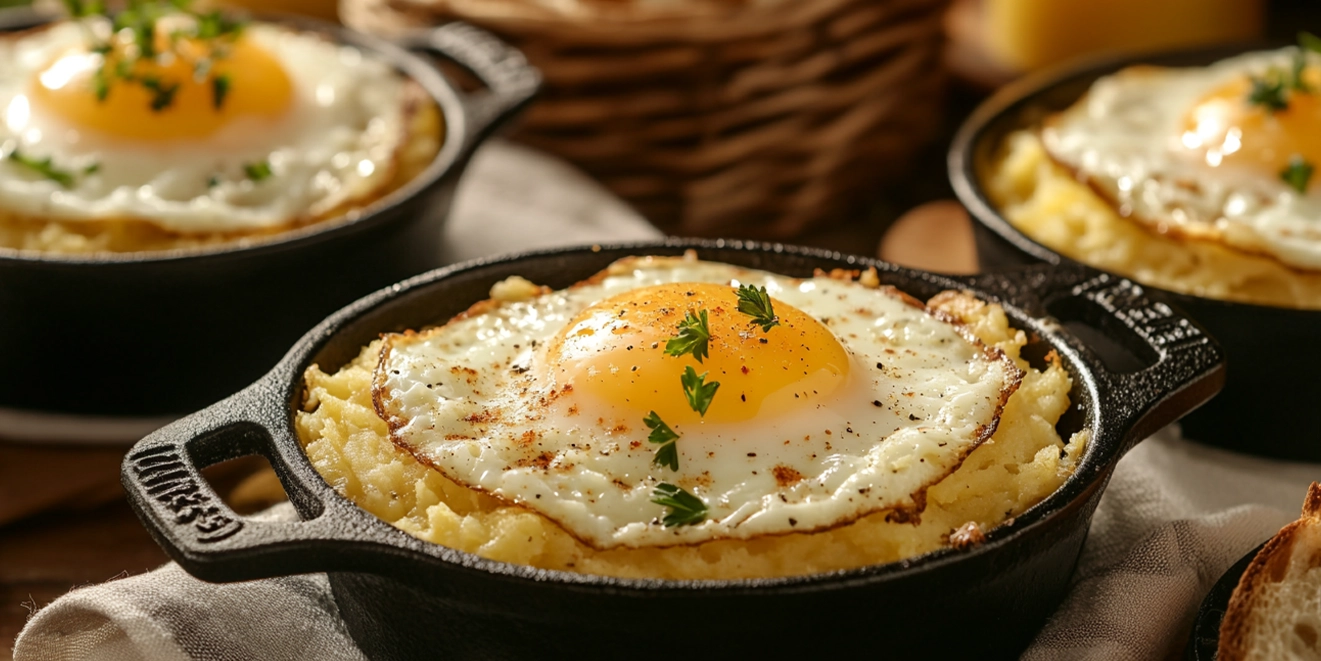
FAQs About Hashbrown Casserole
What Are Hash Browns Made Of?
Hash browns consist of shredded or finely diced potatoes seasoned with salt, pepper, and spices. Cooks fry or bake them to achieve a crispy texture. Some variations may include onion, garlic, or a binding agent like an egg to hold them together.
What Is a Casserole Made Out Of?
A casserole is a versatile dish that typically consists of three main components:
- Base: This provides the structure, such as potatoes, pasta, rice, or vegetables.
- Binding Agent: Ingredients like cream of soup, eggs, or cheese helps hold the casserole together.
- Toppings: A crispy layer, often made of breadcrumbs, crushed crackers, or cheese, adds texture and flavor.
Additional ingredients, such as proteins (meat or plant-based) and vegetables, can be incorporated to suit the dish’s purpose.
What Goes With Hashbrown Casserole?
Hashbrown casserole pairs well with a variety of dishes, making it a versatile side or main course:
- Breakfast: Serve with scrambled eggs, bacon, sausage, or pancakes.
- Lunch/Dinner: Pair with roasted chicken, baked ham, grilled steak, or barbecue ribs.
- Vegetarian Options: Serve alongside a fresh garden salad, roasted vegetables, or a hearty soup.
It’s also great on its own for a quick, satisfying meal!
Are Hash Browns Meat?
No, hash browns are not meat. They are made from potatoes and are entirely vegetarian. However, some recipes or prepared versions may include added ingredients like bacon or sausage, so checking if you’re looking for a meat-free option is essential.
Conclusion
Hashbrown casserole is a timeless and versatile dish that brings comfort and joy to any table. Its rich, creamy texture and customizable ingredients suit every occasion, from casual family breakfasts to holiday feasts. Whether you stick to the classic recipe or experiment with variations to suit dietary needs, hashbrown casserole is a guaranteed crowd-pleaser.
With its simple preparation and ability to adapt to different flavors and styles, this dish is perfect for novice and seasoned chefs. By following the tips and techniques outlined, you can create a delicious casserole that will impress your family and guests every time. Enjoy this iconic comfort food and add it to your recipe collection!
- Enhance your brunch table with other crowd favorites like chicken casserole recipes.
- Looking for more comfort food? Try the tater tot casserole recipe for another satisfying dish.
- Pair your casserole with a refreshing side like this spinach dip recipe.
- Add a southern twist by serving alongside this baked spaghetti recipe.
- Sweeten your brunch menu with a classic apple cobbler recipe.
